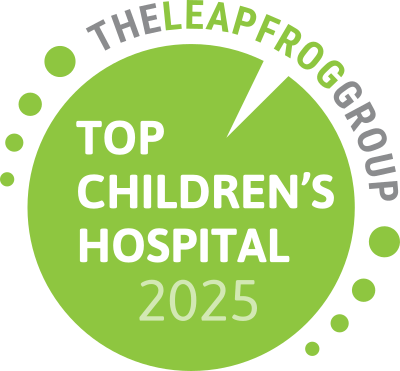Ventilator-associated pneumonia (VAP) is a lung infection that develops when a child is on a ventilator. When a child needs help breathing with a ventilator, a tube is placed in his or her mouth, nose or through a hole in the front of neck. Sometimes germs may enter the tube and travel to the lungs, causing an infection.
Why this matters to you
Ventilator-associated pneumonia can make a child sicker, prolong recovery and increase a hospital stay. Le Bonheur wants to protect children from these infections and help them get better during their stay in our hospital.
How we measure
We measure our VAP score by calculating the number of ventilator-associated pneumonia cases we see per 1,000 ventilator days. We also compare our rates against other children’s hospitals in the country to ensure we provide the safest care.
One ventilator day = 1 patient on a ventilator for 1 day.
How we’re getting better
We participate in the Children’s Hospital’s Solutions for Patient Safety (CHSPS) national improvement network. Through this network, children’s hospitals from across the nation are working together to reduce ventilator associated pneumonia. Guidelines for the prevention have been developed and put into place in these hospitals including Le Bonheur Childrens. The guidelines are:
- Keep the head of the child’s bed raised between 30 and 45 degrees unless other medical conditions do not allow this to occur.
- Check the child’s ability to breathe on his or her own every day so that the patient can be taken off of the ventilator as soon as possible.
- Clean hands with soap and water or an alcohol-based hand rub before and after touching the child or the ventilator. Clean the inside of the patient’s mouth on a regular basis.
- Clean or replace equipment though out the child’s stay and between uses on different patients.
- Clean or replace equipment between uses on different patients.



